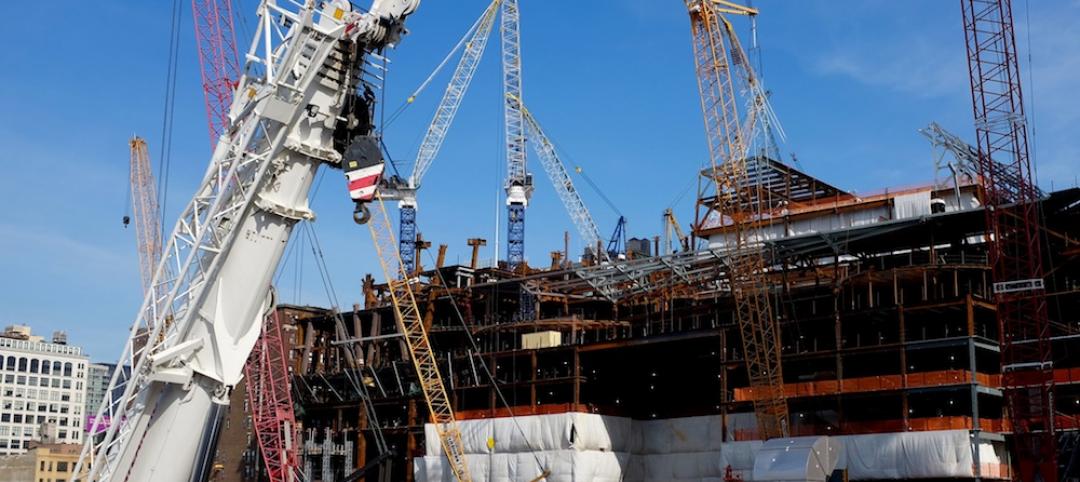New LEED pilot credits focused on resiliency are expected to influence future building designs.
One new pilot credit, the Passive Survivability design credit, is aimed at preparing building designs for functionality during emergencies. The building team would have to design a structure that meets at least two of these three standards: livable conditions after a disaster; backup power; and access to potable water.
In addition, designers would use a "habitability temperature zone" that includes relative humidity and other considerations important to human physiology to make it easier for people to survive extreme conditions if power is lost. The resulting new metrics for temperature require a new way to model buildings.
The other two LEED pilot credits pertain to the site. One, assessment and planning for resilience, requires a design team to assess critical hazards as part of the pre-design phase and complete climate resilience planning or emergency preparedness planning. The other credit, Designing for Enhanced Resilience, asks the design team to take the top three hazards from the and design for safety from them.
Related Stories
Resiliency | Mar 24, 2016
HGA and Perkins+Will join National Resilience Initiative Network
The Minneapolis offices of the two firms will partner with the University of Minnesota College of Design in the Upper Midwest hub of the NRI network.
Sustainability | Mar 17, 2016
New York City releases Design and Construction Excellence 2.0 Guiding Principles
Addresses sustainability, resiliency, healthy living.
Resiliency | Feb 22, 2016
Legal challenge filed over N.J.’s new coastal management regulations
Groups argue rules make it easier to build in flood-prone areas.
Resiliency | Feb 16, 2016
Obama establishes federal earthquake risk management standard
The standard requires federal agencies to use earthquake-resistant design provisions in current building codes.
Resiliency | Feb 2, 2016
New York City’s post-Hurricane Sandy resiliency efforts hailed as exemplar
Lessons learned can help urban areas cope with climate change impacts.
Resiliency | Jan 29, 2016
Section of New Orleans will try new approach to flood control
The city will turn to a retain and control storm water strategy.
Resiliency | Dec 7, 2015
New earthquake rating system released by the U.S. Resiliency Council
Intended for building owners and leasing, finance, and insurance industry.















